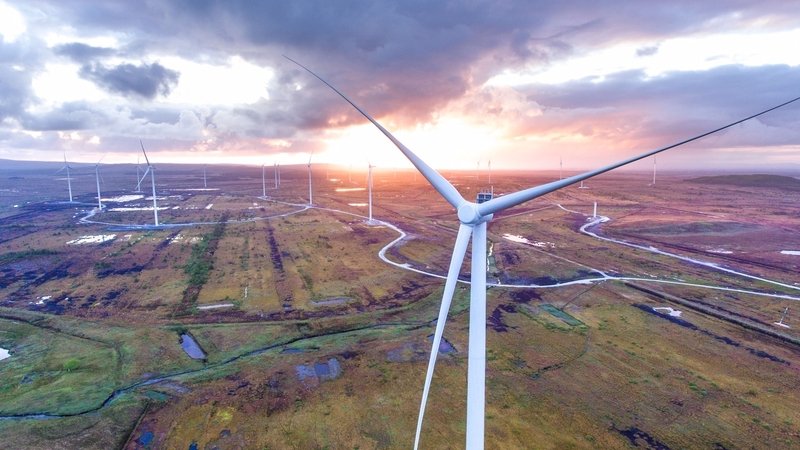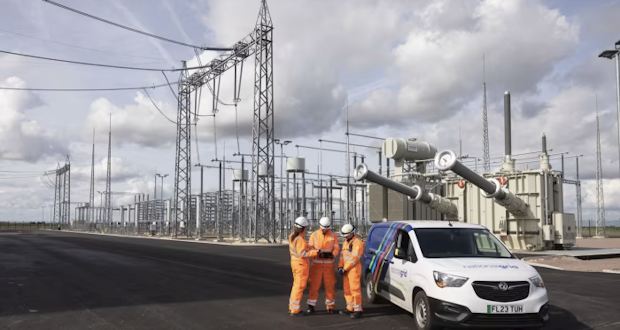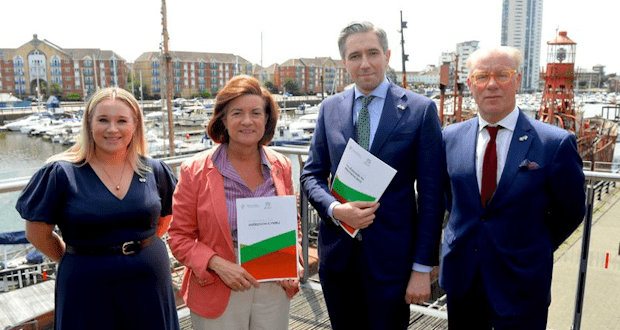Data showing electricity demand growing faster than renewables across the world is particularly pertinent to Ireland, especially with the proliferation of data centres, a leading energy expert has said.
The International Energy Agency (IEA) said this week that renewables are expanding quickly but not quickly enough to satisfy a strong rebound in global electricity demand.
This is resulting in a sharp rise in the use of coal power that risks pushing carbon dioxide emissions from the electricity sector to record levels next year, the IEA said.
The agency said, in its Electricity Market Report, that after falling by about 1% in 2020 due to the impacts of the Covid-19 pandemic, global electricity demand is set to grow by close to 5% in 2021 and 4% in 2022, driven by the global economic recovery.
The majority of the increase in electricity demand is expected to come from the Asia Pacific region, primarily China and India, it added.
Reacting to the report, Dr Paul Deane of MaREI, the Science Foundation Ireland Research Centre for Energy, Climate and Marine, told the Irish Examiner that the IEA analysis is very relevant for Ireland, and in many aspects, is it more pressing.
“Ireland is relatively unique in Europe as projections for electricity demand are very strong and this is mainly driven by data centre demand. The demand from electric cars and electric heating systems is expected to be more modest.
“EirGrid, which operates the power grid, estimate that demand could grow as much as 33% to 2030 and this could put our power system under increased pressure.”
Coupled with this, Ireland has a number of significant power station outages at the moment which is already causing strain in the system, the University College Cork (UCC) energy researcher added.
“The IEA analysis points to the need to think carefully about the reliability of our power system, and for Ireland, this means looking at both the supply and demand of electricity, and in particular the ability of our system to accommodate such high demand from data centres.”
The IEA said in its report that based on current policy settings and economic trends, electricity generation from renewables – including hydropower, wind and solar PV – is on track to grow strongly around the world over the next two years – by 8% in 2021 and by more than 6% in 2022.
But even with this strong growth, renewables will only be able to meet around half the projected increase in global electricity demand over those two years, it warned.
“Fossil fuel-based electricity generation is set to cover 45% of additional demand in 2021 and 40% in 2022, with nuclear power accounting for the rest. As a result, carbon emissions from the electricity sector – which fell in both 2019 and 2020 – are forecast to increase by 3.5% in 2021 and by 2.5% in 2022, which would take them to an all-time high,” the IEA said.
The only time that renewable growth has outstripped the growth in demand was over the past two years, but that was the exception to the norm, it cautioned.
“Renewable power is growing impressively in many parts of the world, but it still isn’t where it needs to be to put us on a path to reaching net-zero emissions by mid-century. As economies rebound, we’ve seen a surge in electricity generation from fossil fuels,” said Keisuke Sadamori, the IEA Director of Energy Markets and Security.
Original article – https://www.irishexaminer.com/news/arid-40338554.html



